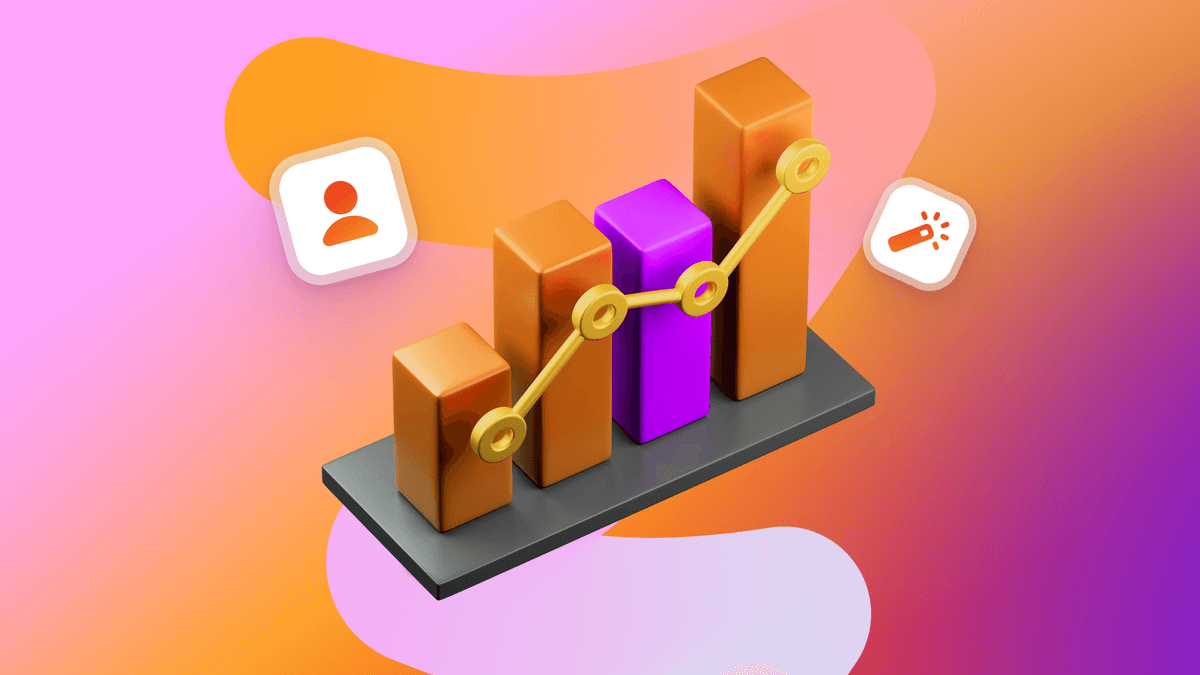Bot or Not: Understanding Email Bot Clicks
Published on June 04, 2024/Last edited on June 04, 2024/5 min read


Alison Gootee
Compliance and Deliverability Enablement Principal II, BrazeSeeing inflated clicks in your email metrics? Take solace in the fact that you are not alone. For the analytics-driven marketer, trying to make sense of inflated metrics can feel extremely ambiguous and downright frustrating. One of the reasons for these inflated click metrics could be bot clicks. While bot clicks aren’t new, they are becoming more prevalent. Here’s what you need to know about bot clicks, how to spot them, and protect your end consumers’ inbox.
What are bot clicks?
An email "bot click" occurs when a click on a hyperlink within an email is generated by an automated program, often referred to as a "bot" or "web crawler," rather than by a human recipient.
Why are bot clicks important for marketers to know about?
In addition to bloating your engagement metrics (e.g. click rates, click-to-open rate), these so-called bot clicks—also known as nonhuman interaction (NHI)—can result in:
- Increased unsubscribe rates
- Unintentional unsubscribe behavior
- Erroneous A/B test results
- Bot-triggered automated messaging journeys
- Inaccurate feedback (for example, if there’s a question in the email with multiple choices, the same user might appear to vote for all of the choices, leading to inaccurate analysis)
- Unreliable opt-in confirmations
NHI is more common when sending to domains with an increased need for security, such as those belonging to businesses, government agencies, and educational institutions. Senders with a history of positive engagement are less inclined to feel the impact of NHI, but no one is immune.
As we see email providers like Yahoo and Gmail double down on authentication requirements, it’s no surprise that we’re continuing to see bot clicks influence email metrics. Email is still the most used medium by marketers. In fact, in 2023, an estimated 347B emails were sent and received per day globally (not to mention a record-breaking number of emails sent by Braze customers on Black Friday/Cyber Monday), and this number is only expected to grow. Given this volume, the regulations we’re seeing today are really designed to ensure that all consumers are receiving mail that’s valuable, welcomed, and safe.
Tips and Tricks to Effectively Navigate Bot Clicks
Because higher positive engagement tends to correlate with lower NHI, it's key that you focus on best practices when sending email. Here's what we know and our guidance to you, as you navigate bot clicks:
How to identify if bot clicks are at play
Track a time-to-open field. This is a behavior-based approach that compares the email’s delivered time to the open/click time. If an email is opened or clicked in less than a second from when it was delivered, it is likely that a machine rather than a human is behind that activity.
Add a hidden link in your email campaigns. This link would be something that a human wouldn’t notice like white-on-white text, a punctuation mark, or a link within an HTML comment hidden in the email. Since bots tend to click all links, you can conclude that users generating click events on the invisible link are actually the result of NHI, so the click doesn’t necessarily indicate positive engagement.
Note: Some security applications may be sensitive enough to object to hidden elements of a message, so be aware that this method may have the opposite of the intended effect, though many senders have reported success without deliverability repercussions. If you’re considering going down this route, we recommend adding this hidden link for a short period of time to gather data on how bots are interacting with your email.
How to address bot clicks
Define your goals. Are clicks really the desired outcome of your email outreach? Probably not! Measure what actually counts: Conversions. You may also be able to monitor app sessions, site visits, or other activity depending on your ESP, all of which are more valuable to understanding subscriber behavior than clicks are.
Follow best practices, always. If your subscribers are opting in because they truly want the email, if your data hygiene is pristine, and if you actively manage your list to remove bounces and unengaged users, then NHI should be minimal. Want to learn more about best practices? Check out nine tips and tricks for email deliverability.
Seek confirmation. If NHI is resulting in inadvertent unsubscribes due to a one-step unsubscribe flow, consider replacing it with a preference center which requires additional confirmation. Please note NHI will not interfere with the required Yahoo/Gmail one-click unsubscribe via the list-unsubscribe header.
Use HTTPS for all links in emails. This additional layer of security helps demonstrate that your mail has a lower probability of being malicious.
Modify your opt-in. If bots are clicking every link in an email, you may need to modify your opt-in and sunset processes to take those false clicks into consideration. Instead of a click-to-confirm email, send a numerical code that users have to provide in order to complete their subscription.
Don’t change your sending patterns. When bot clicks are suspected, try your best to send as usual. These automated mechanisms are learning about your behavior, so they need to see it in its purest, unmodified form. If you're constantly changing, they'll need to continue clicking to keep up.
Clicks happen, and we can't stop them. Any attempt to evade detection is more likely to have the opposite effect. Remember, security measures are in place to protect users (even you!), not to punish marketers. Clicks have never been wholly accurate and neither were opens.
Key Takeaway
Our last piece of advice: If you’re seeing inflated metrics, stay calm and carry on. These clicks are designed to protect all of us. Focus on becoming a better email marketer by executing on best practices, and sending truly valuable and relevant content to your audience to build trust and a stronger connection with them.
Want to learn more about best-in-class email marketing? Download our guide.
Related Tags
Be Absolutely Engaging.™
Sign up for regular updates from Braze.
Related Content
View the Blog
How behavioral marketing turns data into personalized experiences

Team Braze

Are you AI-savvy enough to survive? A wake-up call for CMOs

Team Braze

What are contextual bandits? The AI behind smarter, real-time personalization
